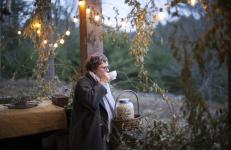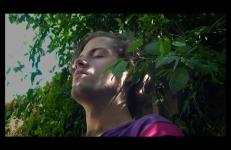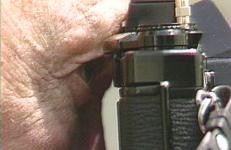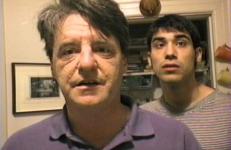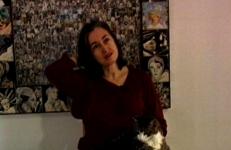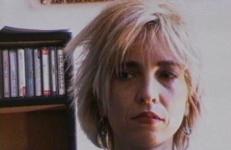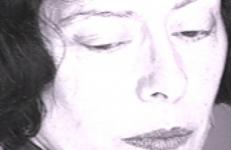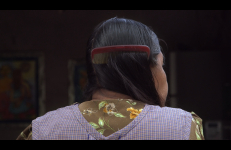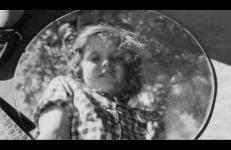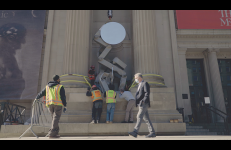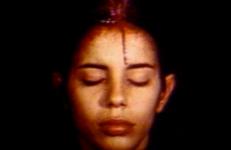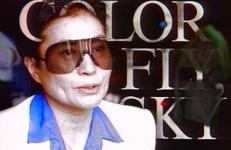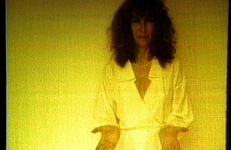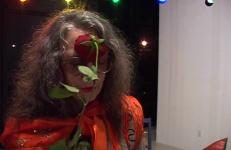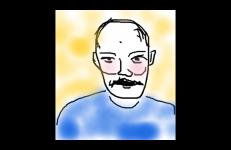J. Morgan Puett is an internationally renowned artist living on a 95-acre compound in the deciduous forests of northeastern Pennsylvania. Touching on ideas of creative domestication, radical pedagogy, and a critical engagement with one’s environment, Ms. Puett describes her unique home, which she calls Mildred’s Lane.
“It (J. Morgan Puett: A Practice of Be(e)ing) tells a unique story of an important artist that truly lives her art. It’s an exclusive biography of a woman who is widely known to the art world but, as yet, undiscovered by our culture.”
—Roderick Angle




